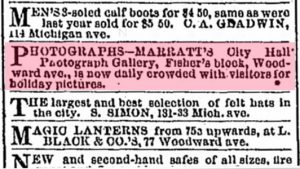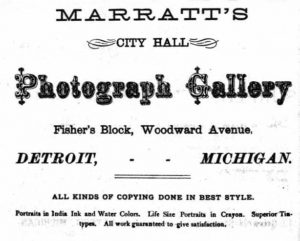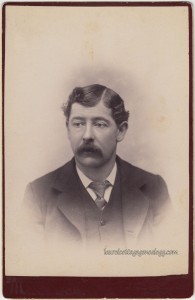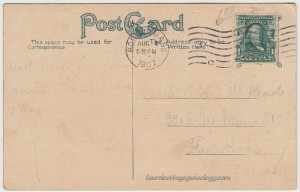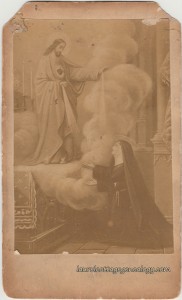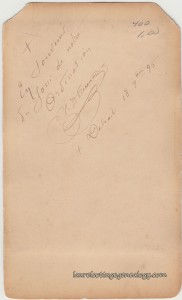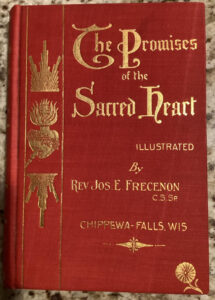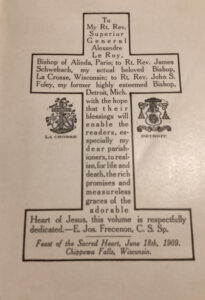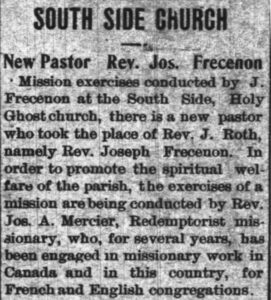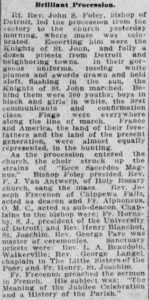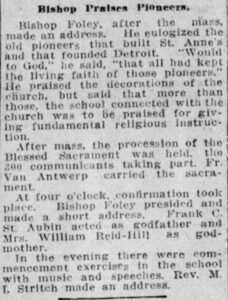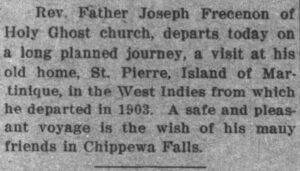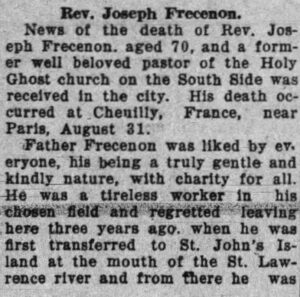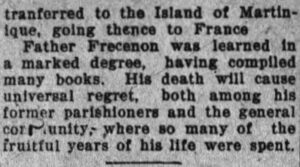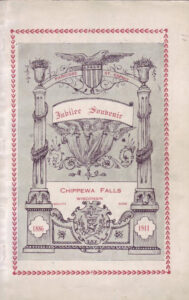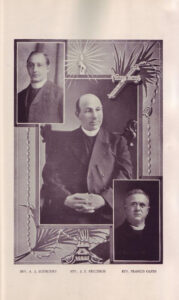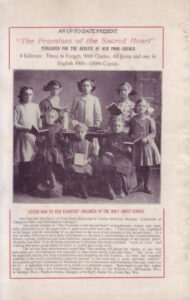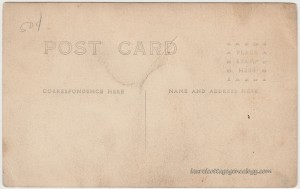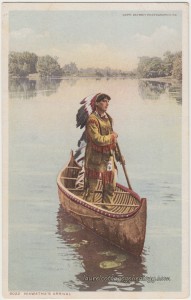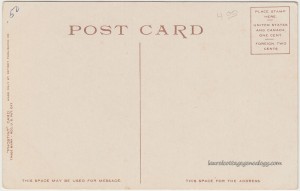See two examples of the Marratt gallery’s work under our post entitled Detroit Guy and Detroit Woman By Marratt.
Photographer, William Marratt appears in the 1880 Detroit city directory as proprietor of Marratt’s City Hall Photograph Gallery Address for the gallery 131, 133 and 135 Woodward Ave.
Long-time Detroit photographer
1874 to 1893 – address 131 Woodward Ave, Fisher block, Detroit
March 1895 – death of wife, Elizabeth (Stark) Marratt
1895 – address 836 Grand River Ave, Detroit
1899 – William Marratt, Jr. – address 836 Grand River Ave. Death info for William Marratt not found, it appears son William has taken over his father’s business at either his father’s death or retirement.
Below, the earliest reference found, an ad from the Detroit Free Press, December 6, 1874. (The magic lantern ad is intriguing!)
From the 1875 city directory:
Biographical and family info:
The 1880 Federal Census for Detroit, shows that William was born in England, about 1830. His wife is Eliza J., born in New York, about 1839. Their children are Ida S., born New York about 1860, occupation schoolteacher, William, Jr., born in New York, about 1864, and Nellie, born New York, about 1873. An 1863 or ’64 New York Tax record shows a charge of $25.00 for a reassessment of photographer’s license for William Marratt, location Dansville, NY. And an 1866 Tax record shows William is in Honeoye, NY (a little northeast of Dansville.) Detroit City Directories show entries from years 1875 through 1898 for William and many for William, Jr. who is listed as an entomologist on one directory and a naturalist on another. William, Jr. goes on to become a photographer, in business for many years in the Grand Ledge MI area (Eaton and Clinton counties) however most likely he had taken over the business from his father, as of about 1899 (per city directories).
As a side note on the above-mentioned 1880 census, living in the same building, and same address but different household as the Marratts, is Fred Sanders, confectioner; the Fred Sanders that is famous for the some of the best ice creams, candies and other confections in Detroit (yummmm!)
Sources: J. W. Weeks & Co.’s Detroit City Directory for 1875-1876, p. 126. Ancestry.com. U.S. City Directories, 1822-1995.
Year: 1880; Census Place: Detroit, Wayne, Michigan; Roll: 611; Family History Film: 1254611; Page: 145D; Enumeration District: 276; Image: 0286. (Ancestry.com)
Ancestry.com. U.S. IRS Tax Assessment Lists, 1862-1918 [database on-line]. Provo, UT, USA: Ancestry.com Operations Inc, 2008.
Michigan Deaths and Burials, 1800–1995. (Ancestry.com).
J. W. Weeks & Co.’s Detroit City Directory for 1882, p. 685. Ancestry.com. U.S. City Directories, 1822-1995.
1874 advertisement. Detroit Free Press, Sunday, p. 3. (Newspapers.com).
“Funeral Rites For Grand Ledge Pioneer.” Lansing State Journal. December 13, 1948, p. 2. (Newspapers.com).
R. L. Polk & Co.’s Detroit City Directory, 1895. p. 2006. Ancestry.com. U.S. City Directories, 1822-1995.
R. L. Polk & Co.’s Detroit City Directory, 1899. p. 2210. Ancestry.com. U.S. City Directories, 1822-1995.

